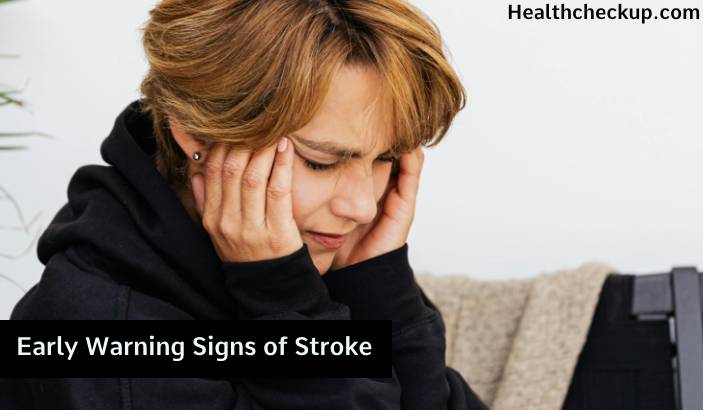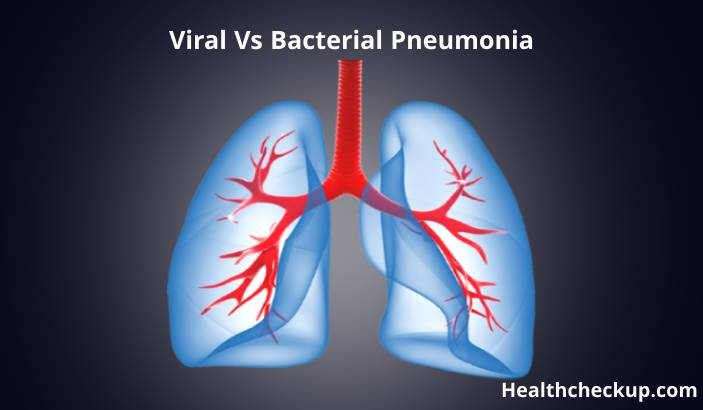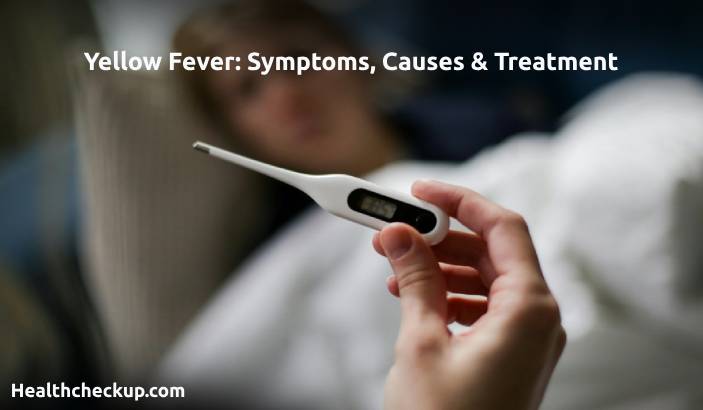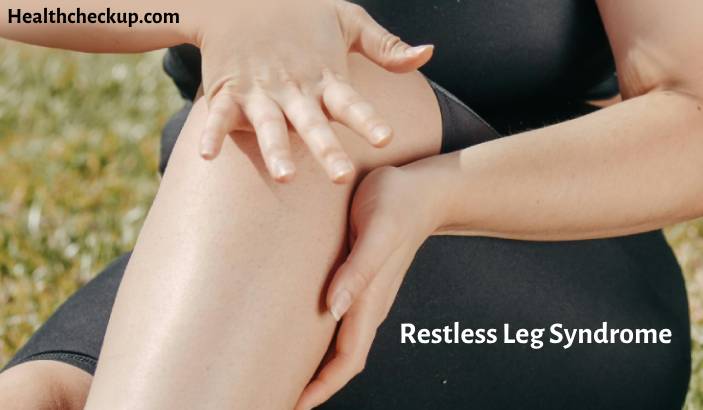Strokes are a major health concern and one of the leading causes of death and disability worldwide. Recognizing the early warning signs of a stroke is crucial, as timely medical intervention can significantly improve outcomes and reduce the risk of severe complications. This article explores the early warning signs of stroke, the different types of strokes, and the urgency required in seeking medical help.
Signs and Symptoms of Stroke
Identifying the early signs and symptoms of a stroke can be life-saving. Here are the key indicators to watch for:
- Sudden Numbness or Weakness:
- Often affects one side of the body, particularly the face, arm, or leg.
- Can cause a drooping face or an inability to raise one arm.
- Confusion or Trouble Speaking:
- Difficulty in understanding speech, slurred speech, or complete loss of speech.
- Sudden trouble in finding words or forming sentences.
- Vision Problems:
- Sudden trouble seeing in one or both eyes.
- May include blurred vision or double vision.
- Dizziness and Loss of Balance:
- Sudden dizziness, trouble walking, or loss of coordination.
- Can lead to falls or an inability to stand up straight.
- Severe Headache:
- An abrupt, intense headache with no known cause.
- Particularly indicative of a hemorrhagic stroke.
Types of Stroke
Understanding the types of strokes helps in identifying specific symptoms and treatment methods:
- Ischemic Stroke:
- The most common type, accounting for about 87% of all strokes.
- Occurs when a blood clot blocks or narrows an artery leading to the brain.
- Thrombotic Stroke: A clot forms in one of the arteries supplying blood to the brain.
- Embolic Stroke: A clot or debris forms away from the brain—commonly in the heart—and travels to lodge in narrower brain arteries.
- Hemorrhagic Stroke:
- Occurs when a blood vessel in the brain bursts, leading to bleeding in or around the brain.
- Intracerebral Hemorrhage: Bleeding occurs within the brain.
- Subarachnoid Hemorrhage: Bleeding occurs in the area between the brain and the thin tissues covering it.
- Transient Ischemic Attack (TIA):
- Often called a mini-stroke, TIA is a temporary period of symptoms similar to those of a stroke.
- Does not cause permanent damage but is a significant warning sign of future strokes.
Signs of a Mini Stroke
A mini stroke, or Transient Ischemic Attack (TIA), presents temporary symptoms similar to a full stroke:
- Brief Numbness or Weakness:
- Temporary weakness or numbness in the face, arm, or leg, especially on one side of the body.
- Short-Lived Confusion:
- Brief episodes of confusion or trouble speaking.
- Temporary Vision Problems:
- Sudden, temporary vision loss or blurred vision.
- Dizziness:
- Short episodes of dizziness or loss of balance.
Mild Stroke Symptoms
Mild stroke symptoms can be subtle but still require immediate attention:
- Transient Numbness or Weakness:
- Mild and fleeting weakness or numbness, often mistaken for fatigue.
- Slight Speech Difficulties:
- Subtle changes in speech, such as slight slurring or difficulty finding words.
- Minor Coordination Issues:
- Slight trouble with coordination or balance, which might be mistaken for clumsiness.
- Mild Headaches:
- Persistent but mild headaches.
Signs of Stroke Before It Happens
Identifying signs of a stroke before it fully occurs can save lives:
- Transient Ischemic Attack (TIA):
- A TIA is a significant warning sign of a potential full-blown stroke.
- Sudden Vision Changes:
- Temporary vision loss or double vision.
- Unexplained Dizziness:
- Episodes of unexplained dizziness or lightheadedness.
- Momentary Confusion or Memory Problems:
- Brief periods of confusion or memory issues.
Signs of a Mild Stroke in a Woman
Women may experience stroke symptoms differently from men, and recognizing these can ensure timely medical intervention:
- General Weakness:
- Rather than localized weakness, women might feel a general sense of fatigue or weakness.
- Disorientation or Confusion:
- Sudden confusion or disorientation without obvious cause.
- Facial Pain:
- Women might feel pain in the face or other parts of the body.
- Hiccups and Nausea:
- Unexplained hiccups and nausea can be early warning signs.
- Shortness of Breath:
- Difficulty breathing without exertion.
How Early We Need to See the Doctor
The importance of seeking medical help at the earliest signs of a stroke cannot be overstated:
- Immediate Response:
- If you notice any symptoms of a stroke, call emergency services immediately. Time is critical in reducing brain damage and improving outcomes.
- FAST Acronym:
- Use the FAST acronym to quickly assess and respond to potential stroke symptoms:
- Face drooping: Is one side of the face numb or drooping?
- Arm weakness: Is one arm weak or numb?
- Speech difficulty: Is speech slurred or hard to understand?
- Time to call emergency services: If any of these signs are present, call for help immediately.
- Use the FAST acronym to quickly assess and respond to potential stroke symptoms:
Importance of Immediate Medical Attention
Immediate medical attention is crucial for improving stroke outcomes:
- Emergency Treatment:
- Quick response can prevent extensive brain damage.
- Treatments such as clot-dissolving medications need to be administered within a specific timeframe.
- Diagnostic Tests:
- Brain imaging tests (CT scan or MRI) help determine the type of stroke and appropriate treatment.
- Long-term Management:
- Early treatment can reduce the need for long-term rehabilitation and improve quality of life.
Preventive Measures
Preventive measures can reduce the risk of stroke:
- Healthy Lifestyle:
- Maintain a healthy diet, exercise regularly, and avoid smoking and excessive alcohol consumption.
- Regular Check-ups:
- Monitor and manage blood pressure, cholesterol, and blood sugar levels.
- Medication Compliance:
- Follow prescribed treatments for existing health conditions such as hypertension, diabetes, and heart disease.
Recognizing the early warning signs of a stroke is crucial for timely medical intervention and better recovery outcomes. Whether it’s the sudden onset of numbness, confusion, vision problems, or severe headaches, understanding these symptoms and acting quickly can save lives. Different types of strokes, such as ischemic and hemorrhagic, along with transient ischemic attacks, present with varying symptoms and require urgent medical attention. Especially important are the subtle signs in women, who might experience stroke symptoms differently. Always remember the FAST acronym to help identify and respond to stroke symptoms swiftly. Immediate medical attention can significantly reduce the risk of severe complications and improve the chances of recovery.
I specialize in writing about health, medical conditions, and healthcare, drawing extensively from scientific research. Over the course of my career, I have published widely on topics related to health, medicine, and education. My work has appeared in leading blogs and editorial columns.









